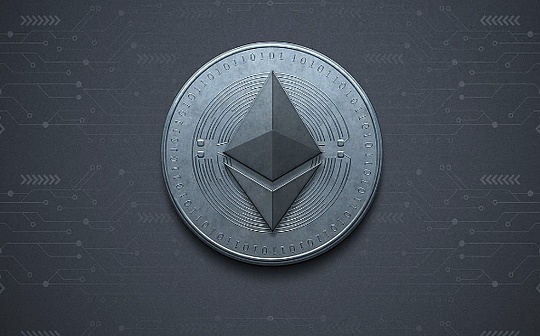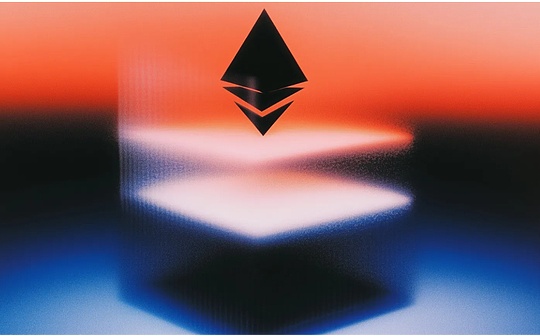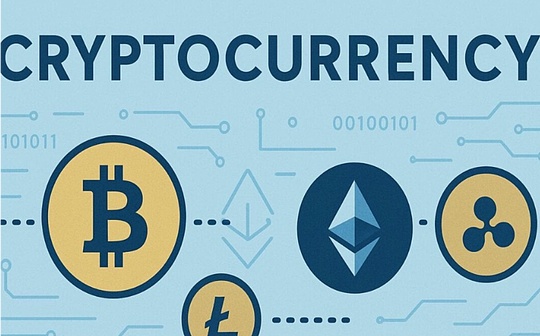
Author: Bill Buchanan, Source: Medium, Compiled by: Shaw Bitchain Vision
Soon after, we need to realize that we are running a traditional financial world and need to build a more trustworthy digital infrastructure.In fact, we need to change not only in the financial field, but in any field that requires a high degree of trust, security and distribution.To do this, we can adopt a Layer 1 blockchain approach like Ethereum, but it has exposed scalability issues, and its main ledger and computing infrastructure cannot handle more than 15 to 30 transactions per second.However, new approaches are being adopted to relieve the burden on Ethereum—while still maintaining its credibility and distribution.These methods include Layer 1 implementations for shared, and the transition to Proof of Stake (PoS).However, the most interesting progress occurs in the Layer 2 approach, which is built on the core Ethereum network (main network).
Layer 2: Status Channel
The state channel was initially implemented in the Bitcoin Lightning Network and was later expanded on Ethereum.In this way, we basically have two records on the mainnet ledger, where the parties involved must commit some funds that may or may not be used.For example, suppose Bob wants to create a side channel to pay for the customer and promises to pay 10 ETHs.He will then create a channel contract.The promised ETH will be locked during the channel’s validity period and will not be used.Bob can give Alice 2 ETH and Carol 3 ETH.After completion, he will submit the completed transaction, Bob will recover 5 ETHs, Alice and Carol will obtain 2 ETHs and 3 ETHs respectively.Finally, Bob simply publishes the aggregated data and only pays transaction fees for the two promises on the main network ledger.The implementation of the state channel is provided by Polygon, which enables full EVM compatibility and low transaction fees.Here is an example:


Layer 2: Roll-ups
One of the best mechanisms to scale Ethereum is to transfer transactions off-chain through Roll-ups and sidechains.
Optimistic Roll-ups
These mechanisms process transactions off-chain and assume that transactions are valid (essentially a “trust and validate” method).Only when transactions are disputed will they occupy computing resources on the main network.Therefore, before the transaction is truly confirmed to the main network, a “challenge period” delay is required.
In Arbitrum, fraud observers analyze transactions and if fraudulent transactions are found, the observer publishes fraud proof to the main network.In fact, Arbitrum can identify lines of code related to fraud analysis and then publish it to the mainnet.The mainnet can then adjudicate the fraud proof and decide whether to execute the required code.Arbitrum has a seven-day withdrawal period.
 Optimism also adopts an off-chain approach, combined with Optimism Roll-up, assuming transactions are valid.It uses the observer (or verifier) to determine whether there is a fraudulent transaction, and once such transaction is discovered, the observer can submit a fraud proof and the corresponding transaction will be revoked.Observers will receive rewards for discovering fraudulent transactions.Overall, the challenge period is about seven days.If the fraud is proven to be true, the relevant transaction will be rolled back.
Optimism also adopts an off-chain approach, combined with Optimism Roll-up, assuming transactions are valid.It uses the observer (or verifier) to determine whether there is a fraudulent transaction, and once such transaction is discovered, the observer can submit a fraud proof and the corresponding transaction will be revoked.Observers will receive rewards for discovering fraudulent transactions.Overall, the challenge period is about seven days.If the fraud is proven to be true, the relevant transaction will be rolled back.

Zero-knowledge Roll-ups (zk-Rollups)
These technologies transfer compute and state storage off-chain and take a trustless approach.Once the status is updated back to the main network, the status change and its related proof are completed with very little updates.Because we have proof of compressed format, we can quickly verify updated transactions while ensuring the privacy of transactions.With this technology, unlike Optimistic Rollups that take days to submit, we can verify the proof in just about an hour using zk-Rolups (based on zkSnarks).This ensures that there are no double payments and that all transactions are solvency.ZKsync is an example.
 With zk-Rollups, the validity of the transaction is cryptographically proof and connected to the main network.Therefore, it will be extremely difficult to conduct fraudulent transactions.With Optimistic Rollups, due to the lack of cryptographic proof, there is a delay before the promise is returned to the mainnet, allowing fraudulent transactions to be detected.
With zk-Rollups, the validity of the transaction is cryptographically proof and connected to the main network.Therefore, it will be extremely difficult to conduct fraudulent transactions.With Optimistic Rollups, due to the lack of cryptographic proof, there is a delay before the promise is returned to the mainnet, allowing fraudulent transactions to be detected.
Side chain
This is an independent side chain, an independent blockchain bridged to the main network.Unlike the roll-up method, updated transactions can be echoed to the mainnet when needed.Overall, they have their own blockchain and consensus mechanisms, such as Proof of Authority (PoA).Polygon is an example of a sidechain infrastructure.The overall weakness of sidechains is that their security models may be different from the Ethereum mainnet.

in conclusion
In my opinion, using zero-knowledge proof in offline chains is the best solution because this allows transactions on the main chain to be quickly verified and protects the privacy of both parties to the transaction.We can also use selective disclosure in zero-knowledge proofs, which is useful when revealing important information, such as whether a person has the right to access a resource.
For Optimistic Rollups, we assume that the transaction is valid unless there is a proof to the contrary and requires a challenging period during which the transaction can be challenged before finalization.With zk-Rollups, our transactions are valid because there are associated proofs and can be submitted quickly to the main network.Unfortunately, zk-Rollups requires a deep understanding of cryptography and blockchain, which may slow down the development process.
Obviously, Ethereum is not the only option, and Polygon, Solana, Cardano and Polkadot provide more scalable alternatives than Ethereum.However, we love this blockchain that brings us smart contracts and Ethereum Virtual Machines (EVMs), and many people hope it will overcome scalability issues while maintaining the same level of decentralization and security.








